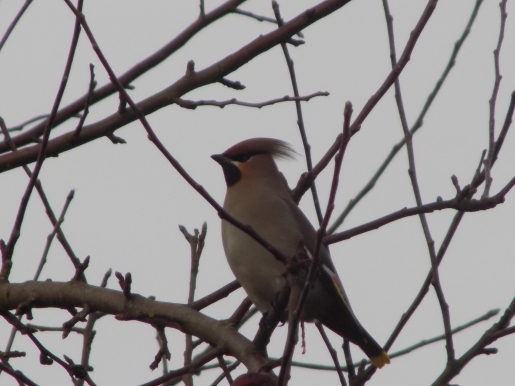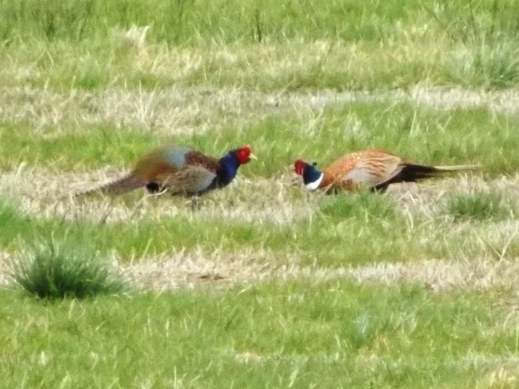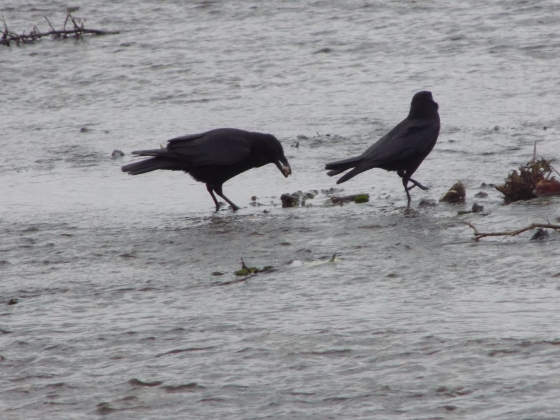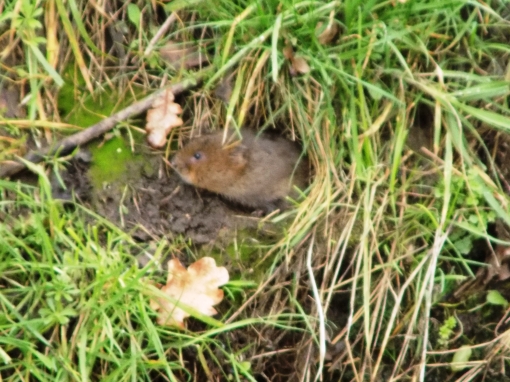There’s one bird that I’ve been desperate to see in recent weeks, the waxwing. A few weeks ago a whole flock appeared in Poole but they unfortunately turned up on the day my MOT was due. I went and had a look but I missed them and didn’t have time to hang around. This week though I was delighted to discover online that a single waxwing had been spotted on my patch, right here in Ringwood!

Isn’t it stunning? This bird was found at the back of one of the churches and could be viewed easily from the public car park behind it. It was on this tree for most of the week and seemed to be enjoying eating the ornamental apples. They are more often seen in flocks but this one seemed to have got separated.

Waxwings mostly reside in Scandinavia and Russia but visit the UK every few years in ‘irruptions’. They come here in the winter to feed as the current berry crop in their breeding grounds cannot support the population. This suggest there’s a poor berry crop this year or there was an exceptionally good one last year, allowing for a more successful breeding period.
Whilst I haven’t seen anything else as unusual this week I have spotted a couple of interesting pieces of bird behaviour. On the open fields by the River Avon I saw these two cock pheasants squaring up to each other.

Male pheasants are very territorial, and will fight each other when necessary. They have a sharp spur on their back of their leg for such a purpose. This encounter didn’t quite go that far- maybe a little aggression was enough or they deemed a fight unnecessary so early in the year. It is interesting to note the colouring of the individual on the left here. It’s far darker than a standard pheasant and lack the usual white stripe so it’s likely to be some sort of hybrid.
Crows seem to be very active at the moment and I’ve been able to see first hand how opportunist they are. This one found what looks like a rabbit carcass, likely caught by a buzzard or a fox, and was enjoying a good meal.

Yesterday I was walking along the Avon and was surprised to see these two crows stood in the middle of the river. The water is very shallow at this spot but it still seemed odd.

You can clearly see here how the crow has a stone in it’s beak. I can’t really find any information on why it might be doing this but I’ve come up with a few theories. This is a spot where lots of birds like to feed, such as little egrets and a green sandpiper. That suggests that there’s lots of food here so maybe the crow is moving the stones to uncover invertebrates to eat, like a turnstone.
The other possibility is that this is some sort of gift for the other crow, a potential mate. Plenty of bird species do give seemingly random objects to potential mates and I found anecdotal evidence that crows in captivity have presented stones to humans. If anyone reading agrees on my theories or has a better idea please do let me know.
I visited Moors Valley Country Park this morning and caught a glimpse of something in a hole by the river. By the time my camera was on it, this water vole emerged.

It then sat near it’s hole and munched on some grass.

Water voles are the UK’s fastest declining mammal so it’s also brilliant to see one. They seem to be doing well on the Moors River with lots of holes along a long stretch of the river.

No comments:
Post a Comment